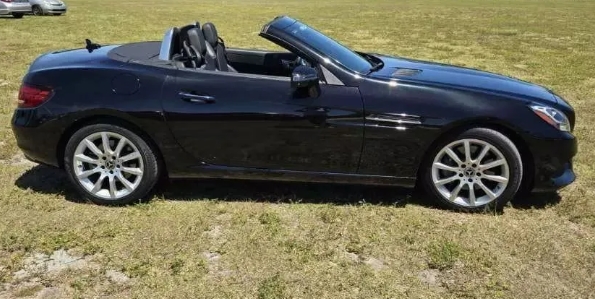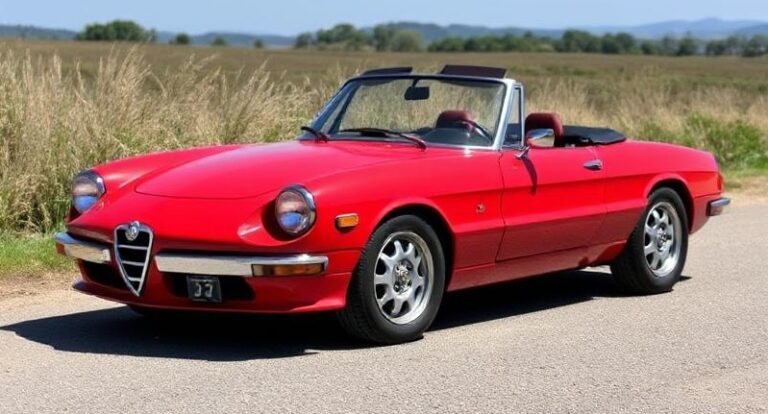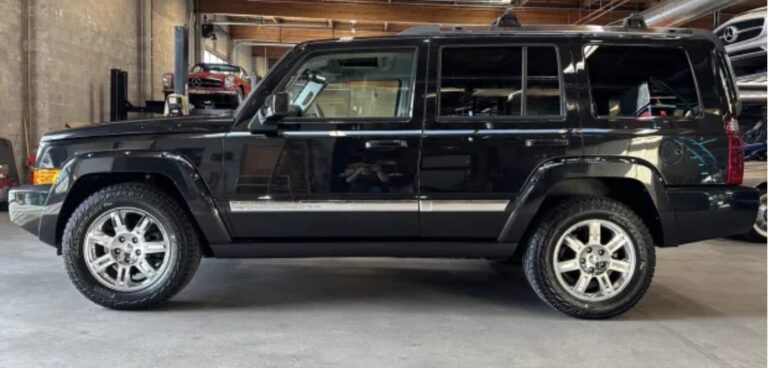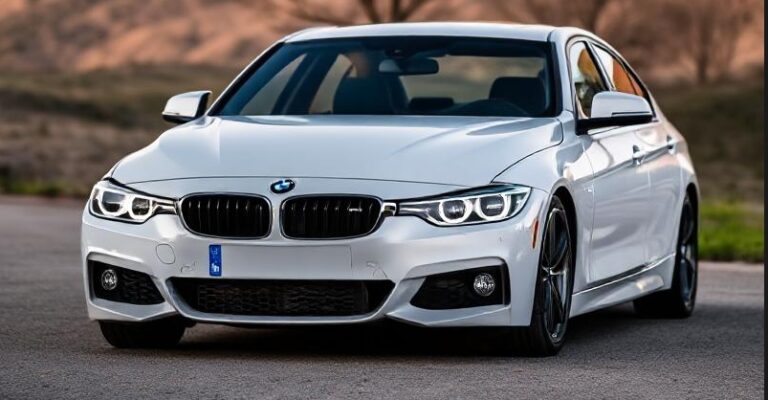The Evolution of the Mitsubishi ASX / RVR
The Mitsubishi ASX / RVR is a compact crossover SUV that has carved out a significant niche in the global automotive market since its debut. Known for its versatility, reliability, and distinctive design, the ASX / RVR has undergone numerous updates and refinements over the years. This article traces its development, highlighting the years of production, model variations, and trim levels offered throughout its history.
Origins and Introduction (2010–2016)
Initial Launch and Global Presence
Mitsubishi introduced the ASX (known as the RVR in some markets like Japan and Southeast Asia) in 2010, positioning it as a stylish, compact alternative to traditional SUVs. Built on the Mitsubishi GS platform, the vehicle was designed to appeal to urban drivers seeking practicality combined with a sporty aesthetic.
Market Names and Variants
- Mitsubishi ASX: Primarily marketed as the ASX in Europe, Australia, and other regions.
- Mitsubishi RVR: The name used mainly in Japan, Singapore, and some other Asian markets.
First Generation (2010–2016)
The first-generation ASX/RVR was produced from 2010 until 2016, with a facelift introduced in 2013. It was available in multiple trim levels, each catering to varying customer preferences.
Model Variants and Trim Levels (2010–2013) (Pre-Facelift)
- ES: The base model, equipped with manual transmission, 16-inch alloy wheels, cloth upholstery, and basic amenities.
- VR-X: A more upscale option, offering features like a CVT transmission, alloy wheels, upgraded interior, and additional safety features.
- Exceed / XLS / XLS Premium: Top-tier trims with leather seats, premium audio, navigation systems, and other luxury features.
Facelift and Updates (2013–2016)
In 2013, Mitsubishi refreshed the ASX/RVR with subtle styling updates, improved interior materials, and enhanced safety features. The trim lineup remained similar, but some models gained new features and technology.
- ES: Continued as the base trim.
- VR: Replaced VR-X, with additional comfort and convenience features.
- Exceed / XLS: The flagship trims, offering leather upholstery, advanced infotainment, and safety systems like lane departure warning and forward collision mitigation in some markets.
Engine Options (2010–2016)
The first-generation ASX/RVR was powered by a range of petrol and diesel engines, depending on the market:
- Petrol: 1.6L and 2.0L four-cylinder engines.
- Diesel: 1.8L and 2.2L options in select regions.
Transmission options included 5-speed manual, CVT, and 4-speed or 6-speed automatic transmissions.
Second Generation and Global Expansion (2016–Present)
Introduction of the Second Generation (2016)
In 2016, Mitsubishi launched the second-generation ASX/RVR, featuring a more modern design, improved ride comfort, and updated technology. This model continued to be produced in multiple markets with variations suited to regional preferences.
Design and Features
The new model showcased sharper styling, a more aerodynamic profile, and an upgraded interior with better materials and connectivity options.
Model Variants and Trim Levels
The second-generation ASX/RVR’s trim levels evolved to reflect market demands and technological advancements.
- Base/Entry-Level: Usually labeled simply as “ES” or “GL,” equipped with essential features and manual transmission options.
- Mid-Range: Trim levels such as “SE” or “L” added features like touchscreen infotainment, alloy wheels, and upgraded upholstery.
- High-End / Top Trim: Named “GT,” “Exceed,” or “Ultimate” depending on the market, offering leather seats, advanced safety systems, panoramic sunroof, and premium audio.
Regional Variations
- Europe and Australia: Trim levels often included ES, LS, and Exceed.
- Asia and Japan: Variants such as RVR or Outlander Sport with similar trim distinctions.
Powertrain and Technology
The second-generation ASX/RVR introduced more efficient engines, including turbocharged petrol options and continued diesel variants in some regions. The availability of all-wheel drive (AWD) became more widespread, enhancing off-road capability and stability.
.
Many car aficionados have multiple hobbies, like boating as well as auto stuff. Those who don’t already own a boat (and even some that do), may have thought about building their own boats. It’s really not as hard as you’d think. Just take a look at these easy boat building plans!

.
Notable Model Updates and Special Editions
Throughout its evolution, Mitsubishi has released several special editions and updates to keep the ASX/RVR competitive:
- 2018 Facelift: Minor styling tweaks with new LED headlights, revised grille, and updated tail lamps. Technology upgrades included newer infotainment systems and driver-assist features.
- 2020 Update: Introduction of Mitsubishi’s latest safety features, including forward collision mitigation, adaptive cruise control, and lane keeping assist across more trim levels.
- Special Editions: Limited-edition models such as the “Black Edition” or “Rockford Fosgate” edition introduced unique styling cues, upgraded sound systems, and exclusive color options.
Current Model Lineup and Features
As of 2023, the Mitsubishi ASX/RVR continues to be offered in select markets, primarily focusing on affordability, fuel efficiency, and advanced safety.
Typical Trim Levels
- ES / GL: Basic features, manual transmission, suitable for budget-conscious buyers.
- LS / SE: Mid-range trims with additional technology, better interior finishes, and optional AWD.
- GSR / GT / Exceed: Top-tier trims equipped with turbocharged engines, leather seats, advanced safety, and infotainment.
Powertrain Options
- Petrol: 2.0L naturally aspirated engines or turbocharged variants.
- Diesel: 1.8L or 2.2L diesel engines in markets where emissions regulations permit.
- Transmission: Continuation of CVT and 5- or 6-speed manuals, with some markets offering 8-speed automatic options.
Technology and Safety
Recent models feature Mitsubishi’s latest driver-assist systems, including multi-around monitor, adaptive cruise, automatic emergency braking, and lane departure warning.
Production and Market Presence
The Mitsubishi ASX/RVR has been produced primarily in Japan, with manufacturing also occurring in other regions such as China and Southeast Asia to meet regional demands. Its global presence includes markets in Europe, Australia, Southeast Asia, and Japan, with each region tailoring the model lineup to local preferences and regulations.
Summary
The Mitsubishi ASX RVR’s journey from its debut in 2010 through its various updates illustrates its adaptability and enduring appeal. Starting as a stylish, compact crossover with various trim levels catering to differing customer needs, it has continuously evolved through design refinements, technological upgrades, and safety enhancements. Today, the ASX/RVR remains a competitive choice in the small SUV segment, embodying Mitsubishi’s commitment to reliability, innovation, and value.
Note: The specifics of trim names, features, and engine options can vary significantly based on the country and model year. For the most accurate and detailed information tailored to a particular region or model year, consulting Mitsubishi’s official specifications or local dealerships is recommended.







